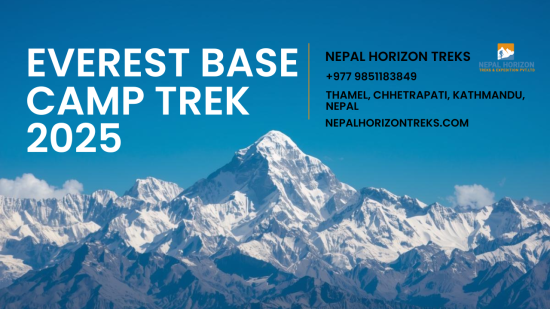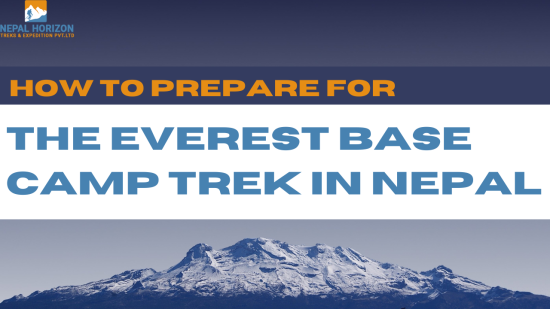Which Trek Is Harder: Everest or Annapurna? A Friendly Comparison for Trekkers
17th July 2025
.jpg)
Nepal offers some of the world’s most breathtaking trekking adventures, with the Everest Base Camp and the Annapurna Base Camp trek standing out as two of the most popular routes. But if you’re trying to decide between them, one common question arises: Which trek is harder?
Whether you're a first-time trekker or an experienced mountain lover, choosing the right trek matters. Let's break it down in simple terms and compare the two in a friendly and practical way.
Trekking Distance and Duration
Everest Base Camp trek usually takes about 12 to 14 days, covering roughly 130 km round-trip. The walking days can be long and demanding, especially with the altitude.
The Annapurna Base Camp trek typically lasts 7 to 10 days, with around 115 km of trekking. The trails are shorter, and the elevation gain is more gradual compared to Everest.
Verdict: Annapurna wins in terms of shorter duration and more manageable distances.
Altitude and Acclimatization
Everest Base Camp sits at a height of 5,364 meters (17,598 ft). That’s high enough to cause altitude sickness if you’re not properly acclimatized. Many trekkers feel the thin air as early as Namche Bazaar.
Annapurna Base Camp is much lower, at around 4,130 meters (13,550 ft). While you still need to take altitude seriously, the risk is generally lower.
Verdict: Everest is tougher due to higher elevation and risk of altitude sickness.
Trail Conditions and Terrain
The Everest Base Camp trail is more rugged, with steep climbs and descents, suspension bridges, and rocky paths. Some parts can be physically exhausting, especially with a heavy pack.
The Annapurna Base Camp trek features a more varied landscape—lush forests, stone steps, and terraced fields. The terrain is still challenging but tends to be more forgiving than Everest.
Verdict: Everest requires stronger endurance; Annapurna offers a more balanced terrain.
Weather and Seasons
Both treks are best done in spring (March to May) or autumn (September to November) when the weather is stable. However, the Everest region tends to be colder, especially at higher altitudes.
Annapurna sees more diverse weather due to lower elevation. It’s possible to do the trek even in winter if you're well-prepared.
Verdict: Annapurna offers slightly more flexibility in weather conditions.
Crowds and Accessibility
The Everest Base Camp trail, especially from Lukla to Namche Bazaar, can get crowded during peak season. The only way to start the trek is by flying into Lukla Airport, which can face delays due to unpredictable weather.
In contrast, the Annapurna Base Camp trek is more accessible via road to Pokhara. You’ll meet fewer crowds, especially if you start from a less common route.
Verdict: Annapurna is more accessible and less crowded.
Cultural and Scenic Experience
Everest gives you the majestic Himalayan views of towering peaks like Lhotse and Nuptse, and of course, Mount Everest itself. You’ll also experience the Sherpa culture and visit legendary places like Tengboche Monastery.
Annapurna offers an equally stunning backdrop with dramatic mountain views, waterfalls, rhododendron forests, and the warm hospitality of Gurung and Magar communities.
Verdict: Both treks are culturally rich and visually stunning. It's a tie!
Final Thoughts: Which Trek is Right for You?
So, which trek is harder: Everest or Annapurna? If we look strictly at difficulty, Everest Base Camp takes the title due to its higher altitude, longer duration, and more demanding terrain.
But difficulty doesn’t mean better. If you want a shorter, slightly easier trek with varied scenery, the Annapurna Base Camp trek is a fantastic choice
Recent From Blogs

28th October 2025

25th October 2025

24th October 2025

18th October 2025

14th October 2025

12th October 2025

10th October 2025

7th October 2025






